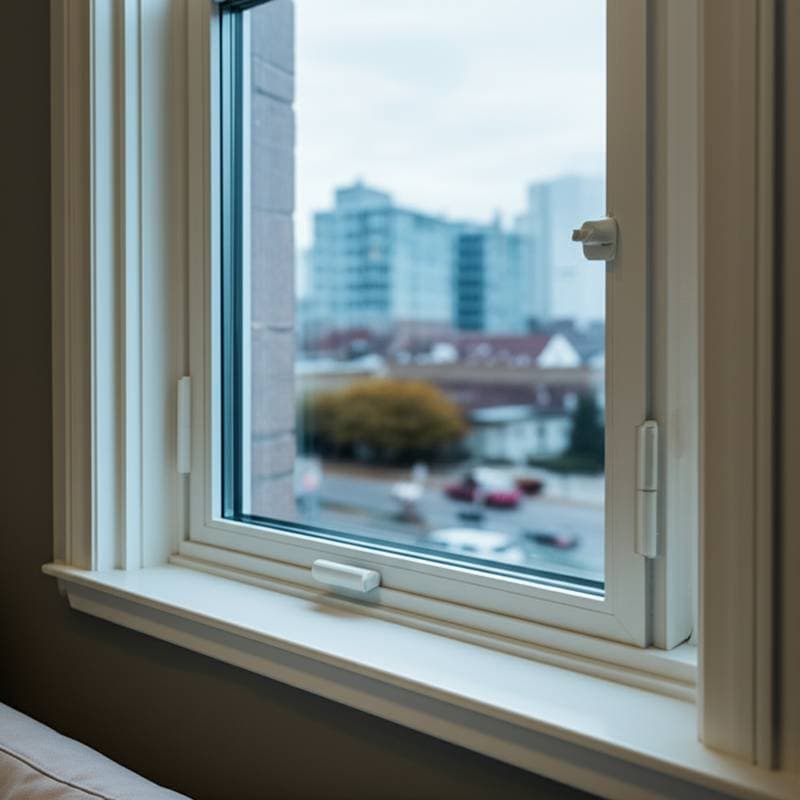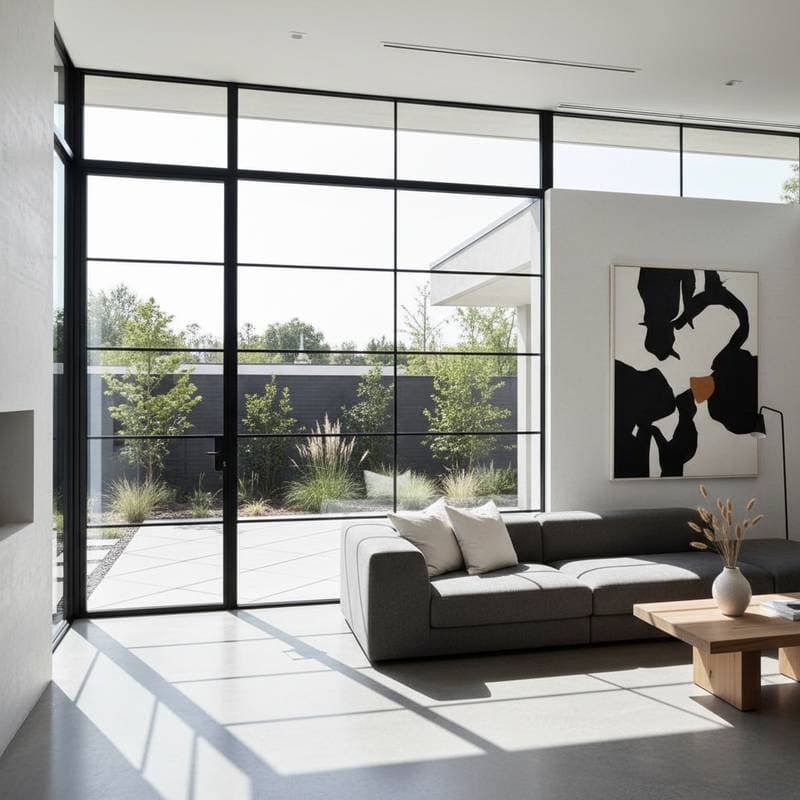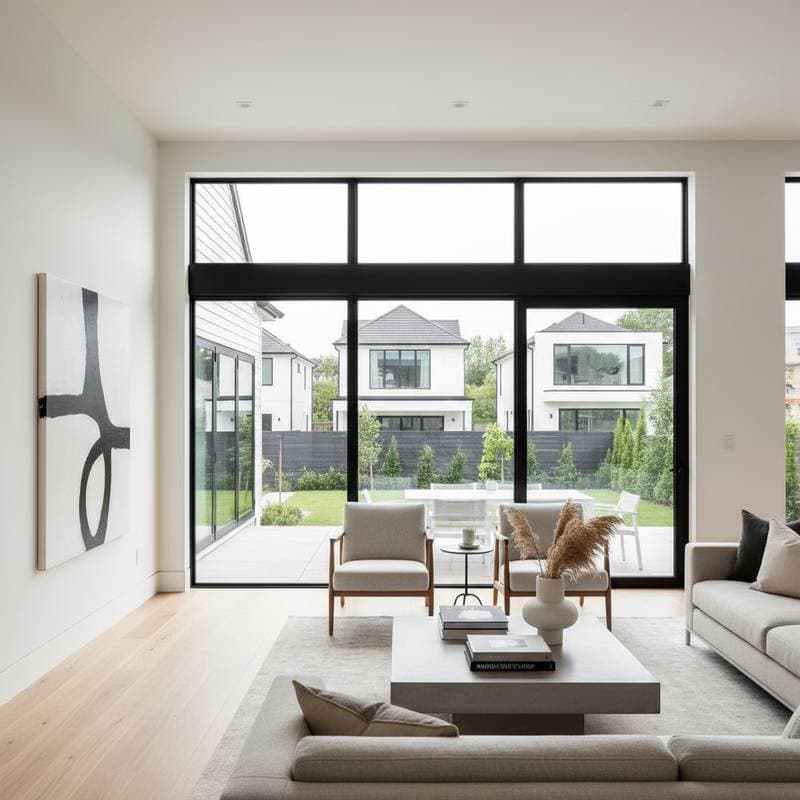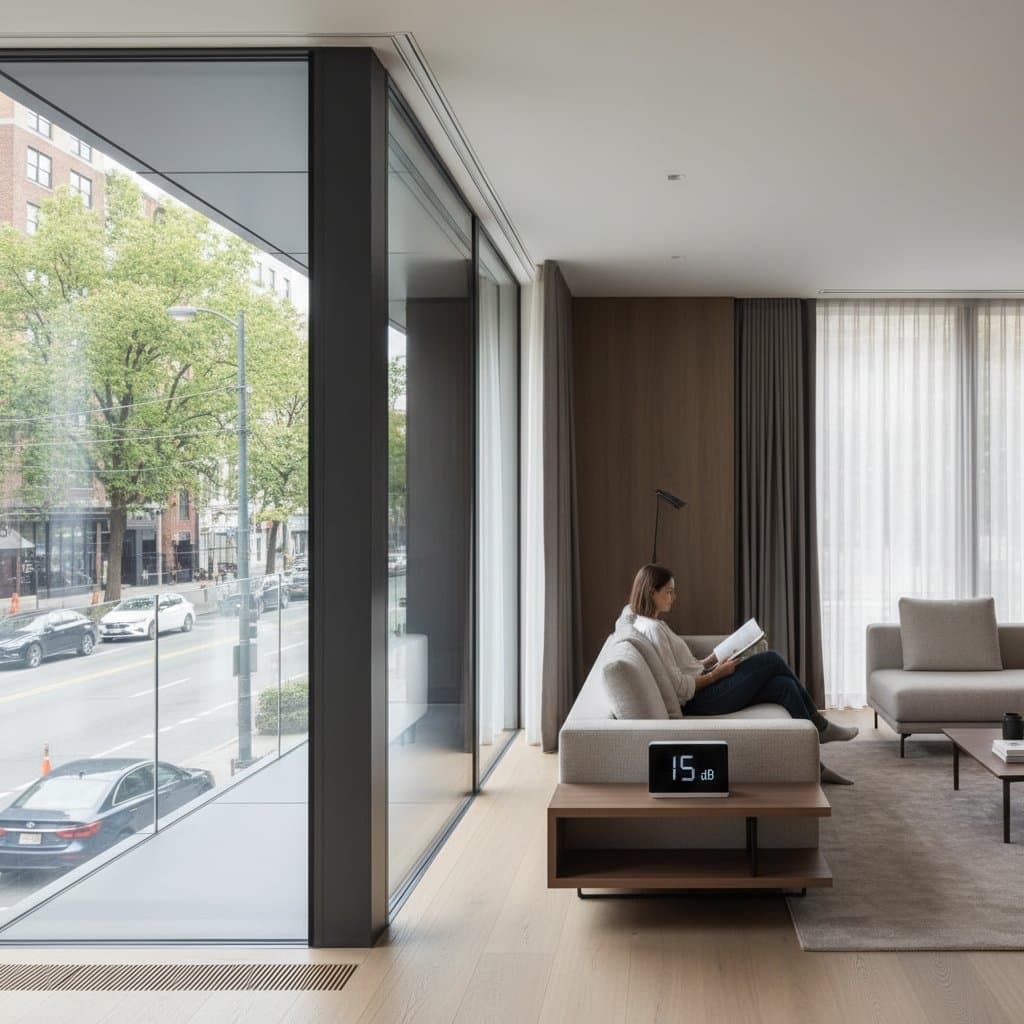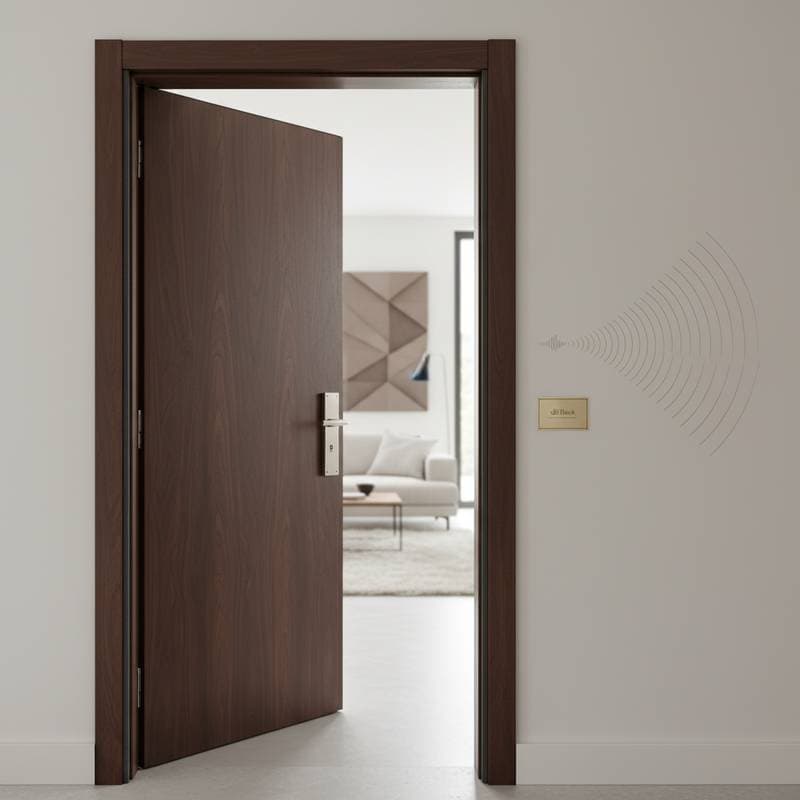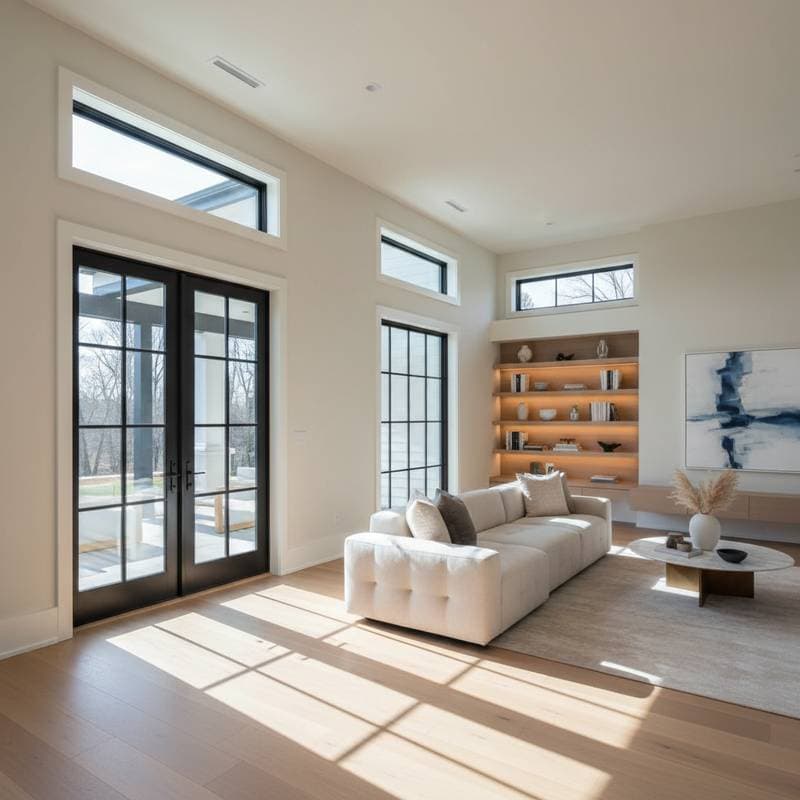Reduce Noise by Up to 70 Percent with Soundproof Window Inserts, No Demolition Required
Urban environments often bring persistent sounds from traffic, construction, and daily activities that disrupt home peace. Homeowners frequently assume full window replacement offers the only path to quiet, yet soundproof window inserts provide substantial noise blocking without invasive work. These panels install within current window frames, forming a secure seal that attenuates up to 70 percent of incoming sound. They maintain the original window aesthetics while elevating indoor comfort significantly.
Options for Implementation
Soundproof inserts vary by budget and performance needs. Select based on room size, noise intensity, and desired longevity. Each approach balances cost, installation ease, and visual harmony.
Economical Option (400 to 1,200 dollars per room)
- Opt for acrylic panels precisely cut to match existing window dimensions. Acrylic delivers effective sound absorption at a lower price point than glass alternatives.
- Employ magnetic attachment mechanisms for straightforward setup. These ensure a firm seal while permitting simple detachment for maintenance or air circulation.
- Invest in durable weather stripping to eliminate gaps. This step not only curbs sound infiltration but also enhances thermal insulation.
Moderate Option (1,200 to 2,500 dollars per room)
- Choose laminated glass panels incorporating acoustic laminates. Such materials excel in dampening vibrations compared to basic acrylic.
- Encase panels in aluminum or composite frames painted to align with surrounding trim. This creates a unified appearance across the window area.
- Incorporate dense curtains or honeycomb shades as supplementary layers. These fabrics further muffle sound waves and introduce visual depth to the room.
Premium Option (2,500 to 5,000 dollars per room)
- Select dual-pane acoustic glass filled with argon gas for optimal noise and climate control. The gas layer minimizes sound transmission effectively.
- Surround openings with bespoke millwork that blends seamlessly into the architecture. This elevates the overall design without altering structural elements.
- Engage acoustic specialists for a pre-installation assessment. They pinpoint vulnerabilities, such as HVAC vents or exterior joints, to maximize efficacy.
Guidance on Materials and Finishes
Selecting compatible materials ensures both functionality and style. Focus on elements that complement your home's existing features.
- Window Inserts: Match frame hues to current setups, from crisp white to deep bronze. Contemporary residences suit slender aluminum profiles, while classic interiors favor wood accents in tones like walnut or oak.
- Entry Doors: For doors facing high-traffic areas, install sealed thresholds and cores with insulation. Fiberglass or solid timber varieties apply similar sound-blocking techniques as windows.
- Exterior Siding: Opt for hardboard or fiber cement over vinyl for superior mid-range frequency absorption. Apply acoustic sealant along window edges to seal potential entry points for noise.
- Molding and Details: Install robust casings with foam backer rods for extra damping. Coordinate paint shades with interior and exterior palettes to preserve cohesion.
Upkeep Essentials
Soundproof inserts demand little ongoing care to sustain performance. Clean acrylic surfaces using lukewarm water and a non-abrasive cloth to prevent surface damage. Treat glass panels similarly to standard windows, but handle removal with precision to protect seals. Monitor attachment points quarterly, particularly in variable humidity zones, and ventilate if moisture builds between layers.
Common Pitfalls to Sidestep
Proper execution hinges on attention to detail during setup. A suboptimal seal undermines even advanced panels, so verify measurements twice. Address all potential leak sources, including trim edges, beyond just the glazing itself. Balance noise control with air quality by designing for occasional window access in high-use areas.
Integrating Colors and Aesthetics
Soundproofing enhances without dominating design. Align insert frames with hardware finishes for subtle elegance. Consider these schemes to harmonize elements:
- Contemporary Monotone: Black matte frames paired with gray walls and nickel fixtures.
- Classic Warmth: Cherry trim against cream walls with brass accents.
- Seaside Serenity: White frames, light blue exteriors, and chrome details.
- City Subtlety: Charcoal frames, neutral beige siding, and simple black fixtures.
- Organic Harmony: Oak finishes, textured stone siding, and bronze hardware.
These combinations keep focus on architectural and natural surroundings.
Preparation for Visual Documentation
Thorough records aid in customizing inserts effectively. Photograph exteriors broadly to capture landscaping and illumination. Detail window components up close, including sills and coatings. Record interior light patterns and local sound sources, like peak-hour traffic. Compile a material inventory of current siding, molding, and doors for precise matching.
Tailoring for Everyday Living
These inserts extend beyond utility to influence daily well-being. They foster relaxation, sharpen concentration, and lower ambient stress in targeted spaces. Ideal for street-adjacent bedrooms or dedicated workspaces, they adapt without compromising heritage or modernity.
Pair with sealed doors, layered window treatments, and fortified exterior joints for comprehensive quiet. Strategic planning yields elevated property value through improved efficiency and appeal. Thoughtful integration turns silence into an enduring home asset.

